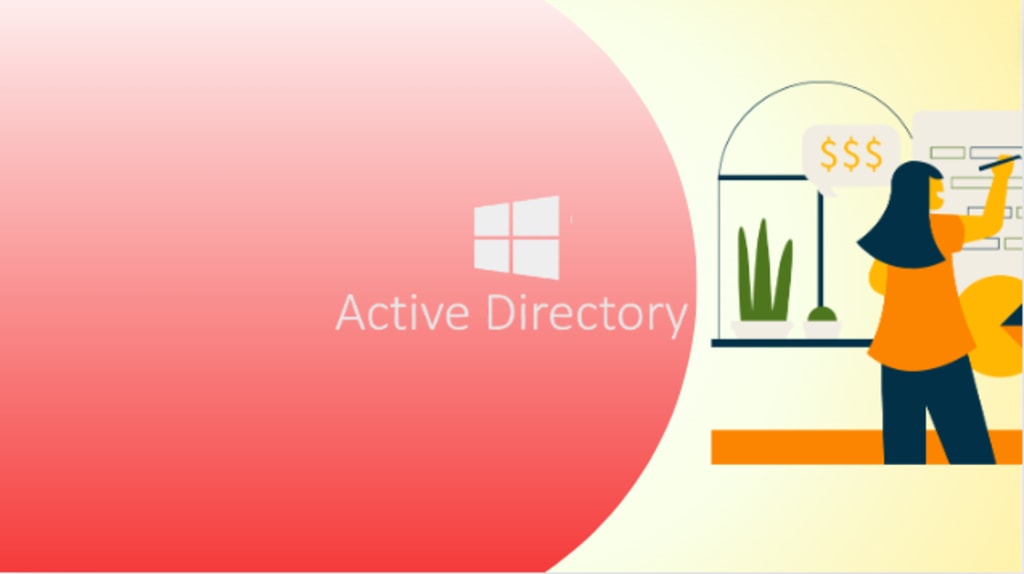Best AD Migration Planning Guide
Level up your Active Directory Migration preparation with this Questionnaire Style Guide

IT Administrators can’t fail while planning for Active Directory migration, since, it can hamper communication and business operations.
Which eventually affects the brand's reputation. That's why whenever an Active Directory migration project emerges admins should start preparing ASAP.
We are here to help you with this with a well-thought-out pre-migration strategy. This document covers every minute detail and helps you understand the big picture too.
For this, we plan to ask a series of questions that act as a flow chart. Without further ado start by asking this.
Why Are We Migrating Our Active Directory?
The answer to this seemingly basic question determines what happens next, which strategy to follow, and what data to prioritize.
The most common reason to migrate an existing AD is due to a merger or acquisition.
Other than joining forces sometimes businesses may also need to perform a business unit divesture.
If a renaming/rebranding takes place then also admins have to update the digital AD environment accordingly.
If a business is hit by an unforeseen security incident that compromises its existing domain recovery is possible only by moving on to a new domain.
Once the reasons are clear next step is to visualize what the result is going to look like.
What is the Scope of this AD Migration?
By scope, admins need to understand what is to be moved into the new AD.
Moreover, admins must know exactly what the two endpoints of the migration are and where they lie.
This is especially useful in determining that what is the main outcome of consolidating domains, upgrading servers, or restructuring the AD in its entirety.
Expecting all of this to be handled by a single individual is not ideal. That's why organizations must set up a team to take on this project.
Who Will Be the Part of This Active Directory Transfer Project?
Appoint a migration project manager the leader to whom all other members report. The main task of this person is to oversee that things are according to plan and on schedule.
Apart from the manager, it's important to have an IT administrator. This is someone who has the most experience handling the AD infra for your organization. The migration is going to take place over the organization's network.
So network engineers come into play. They are the ones who ensure the upkeep of the underlying infra on which the AD transfer is about to take place.
The inclusion of cybersecurity specialists is recommended to verify the security of the project. This role-wise division of labor ensures that no single person gets overwhelmed and keeps human-induced errors at a minimum.
How to Begin the Assessment of a Live Active Directory Setup?
Start by listing out all the objects that are inside your AD. The common object types that you find during an inventory are user accounts, groups, computers, and OUs.
Environment assessment involves an AD health checkup as well. So admins needs to check invalid replications, duplicate data, empty groups, etc.
Other than that any external resource that AD uses like the DNS should also so be checked. This is to ensure that no issues arise during the migration.
Moreover, it is the Admin’s responsibility to document all the source AD details which include, domains, OUs, GPOs, and trust relationships in a AD reporting format.
What All Needs to Be Done on the Target AD During the Preparation Phase?
There are two scenarios. The first is where an AD already exists on the target. Another scenario is where admins make a new one from scratch.
If we are in the process of moving to an already functioning AD admins have less freedom to make any structural changes.
As this transforms into an AD merge one has to ensure that the newly arriving data does not overwrite the existing one.
Setting up a brand new AD helps admins skip all the errors they found in the source during the inventory process.
However, this increases the duration as everything from domains, subdomains, Organizational Units, and Group Policy Objects need to be set from scratch.
What is the Best Migration Strategy for Transferring AD Data?
A strategy can only be selected if the organization knows the type of migration which can be either a simple in-place upgrade or a complicated cross-forest migration.
To facilitate the migration conjure up a plan. It should be made in such a manner that outlines every step down to the last detail.
Moreover, each phase of the migration like data transfer, account migration, and validation should be taken care of.
How to Ensure that No Unexpected Hiccups Occur During the Active Directory Migration?
The best approach is to make a test environment that is a mirror image of your AD. This is used for all testing purposes. Issue identification can be done with the help of a pilot migration.
Instead of putting user data at risk admins can try out something called synthetic migration. Use AI tools to generate a set of dummy users.
Put them in a quarantine environment. If any issues pop out let the team fix them and only after multiple error-free re-runs begin the actual migration.
Before that backup all critical data as a failsafe. Do the same for any critical configuration on the AD.
Sometimes, despite the best efforts of the migration team, an error may creep in. To ensure that the damage is minimal set up a rollback plan.
What to Do to Inform and Communicate with Users About the AD Migration?
Stakeholders like the users bear the brunt of the changes. So they must have a complete understanding of migration and its impact on them.
During this admins may find how important security and compliance are to the AD migration. The last question during the planning is the time of the migration.
When to Schedule the Active Directory Migration to Minimize Downtime?
Depending on the type, the Migration schedule can vary drastically. Some organizations plan on a Big Bang-style cutover migration where most of the AD data moves out together.
Another strategy that organizations follow is staged migration which takes weeks to complete but is usually safer.
About the Creator
Enjoyed the story? Support the Creator.
Subscribe for free to receive all their stories in your feed.





Comments (1)
Please let me know if you have any queries regarding Active Directory